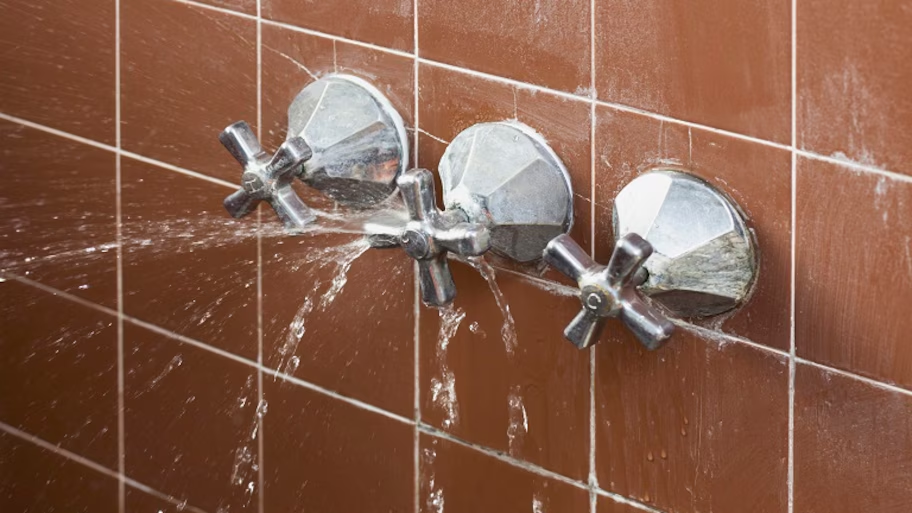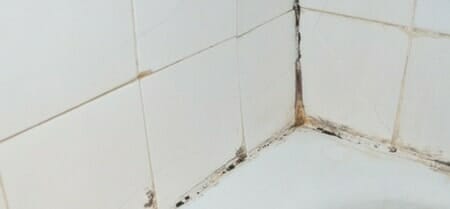Factors of Moisture Damage in the Bathroom
Factors of Moisture Damage in the Bathroom
Blog Article
We have stumbled upon the article on How to Repair and Prevent Bathroom Water Damage? down the page on the internet and think it made sense to discuss it with you in this article.

Water damage often happens in the restroom because of the water used day-to-day. In some cases, the damages could be a little mold from the shower. Other times, it's massive damages on your flooring. Whatever it is, it is constantly great to recognize the reason and stop it prior to it happens.
This guide will certainly experience a few of the typical root causes of water damage in the shower room. We will certainly also examine what you can do to avoid these reasons from harming your bathroom. Let's dive in.
5 Typical Causes of Water Damage in Restrooms
These are the common reasons you would certainly have water damage in your shower rooms as well as exactly how you can spot them:
Burst or Leaking Pipelines
There are many pipelines lugging water to different parts of your bathroom. Some pipes take water to the commode, the sink, the faucets, the shower, and also several other places. They crisscross the little area of the shower room.
Every so often, these pipelines might obtain corroded and ruptured. Various other times, human action could cause them to leakage. When this happens, you'll find water in the edges of your washroom or on the wall.
To find this, keep an eye out for bubbling wall surfaces, molds, or mildew. Call a specialist emergency situation plumbing to repair this when it happens.
Fractures in your wall ceramic tilesv
Bathroom wall surface tiles have actually been specifically made for that function. They secure the wall from moisture from people taking showers. Nevertheless, they are not indestructible.
Sometimes, your shower room wall tiles split as well as allow some wetness to permeate right into the wall. This can possibly ruin the wall if you do not take any type of action. If you discover a split on your wall surface floor tiles, repair it quickly. Do not wait till it ruins your wall surface.
Overruning bathrooms and also sinks
As humans, often we make mistakes that could trigger some water damage in the bathroom. For instance, leaving your sink tap on might trigger overruning and also damage to various other parts of the bathroom with dampness.
Likewise, a damaged commode can cause overflowing. For instance, a damaged toilet manage or other parts of the tank. When this occurs, it can damage the flooring.
As quickly as you observe an overflowing sink or bathroom, call a plumbing to assist deal with it immediately.
Roofing system Leaks
Often, the trouble of water damage to the washroom could not originate from the washroom. As an example, a roofing system leak might trigger damage to the shower room ceiling. You can spot the damage done by taking a look at the water stains on the ceiling.
If you find water discolorations on your ceiling, examine the roofing to see if it's damaged. Then, call a specialist to assist resolve the concern.
Excess Wetness
It's amazing to have that long shower as well as dash water while you hem and haw and imitate you're performing, however in some cases these acts can cause water damage to your shower room.
Spraying water around can cause water to visit edges and also form mold and mildews. See how you spread out excess moisture around, and when you do it, clean it up to avoid damages.
Verdict
Water damage to your bathroom can be bothersome. Nonetheless, you can manage it if you protect against several of the reasons mentioned in this overview. Call a professional emergency plumbing professional if you observe any kind of extreme damages.
Common Causes of Water Damage in a Bathroom
Water damage can appear virtually anywhere in your home, but bathrooms and basements are the two most common areas. It’s easier to spot causes and signs of water damage in an unfinished basement, but that doesn’t mean it’s any less severe to have water damage occur in your bathroom.
Spotting Signs of Bathroom Water Damage
The bathroom is probably the most common place where you’ll use water in your home. Because of this, there’s a relatively high risk of sustaining water damage. The longer water damage goes untreated, the worse it can get. Therefore, you need to know what signs to look for and deal with any damage as soon as possible.
There are often items like rugs, bottles, towels, and so on crammed in every corner of the typical bathroom, which can trap moisture and hide budding problems. But what usually causes the most water damage in a bathroom? How can you spot it, especially with so many items in the way? This article addresses several common ways to notice, prevent, or fix bathroom water damage.
A Recurring or Persistent Musty Odor
Wherever there’s water damage, you almost always find small spots of mold, or even a full-blown infestation. When you leave mold to thrive and grow, it creates a stinking, musty odor that’s pretty hard to miss. Don’t leave musty smells unaddressed—try to find the source so that you can have it repaired before more damage occurs.
Damaged Grout or Caulk
When these sealing agents fail, virtually nothing prevents water from seeping past the barrier, causing water damage and mold growth underneath wall and flooring tiles. Damaged showerheads, spigots, grout, or caulking, combined with excessive moisture, create the perfect environment for mold to thrive.
Loose Tiles or Spongy Floors
Moldy and water-damaged walls make it more difficult for tiles to stay in place, which can cause them to become loose. In addition, persistent moisture on a bathroom floor can result in water damage to the subflooring layer, causing it to degrade, lose integrity, and feel spongy.
Stubborn Growth
If there’s visible mold in your bathroom that you’ve removed more than once, the most likely reason it keeps coming back is a deeper infestation in the walls or floors. It’s critical to deal with this problem immediately to prevent further damage and new or worsening health issues.
https://advantaclean.com/blog/common-causes-of-water-damage-in-a-bathroom/

Common Causes of Water Damage in a Bathroom
Water damage can appear virtually anywhere in your home, but bathrooms and basements are the two most common areas. It’s easier to spot causes and signs of water damage in an unfinished basement, but that doesn’t mean it’s any less severe to have water damage occur in your bathroom.
Spotting Signs of Bathroom Water Damage
The bathroom is probably the most common place where you’ll use water in your home. Because of this, there’s a relatively high risk of sustaining water damage. The longer water damage goes untreated, the worse it can get. Therefore, you need to know what signs to look for and deal with any damage as soon as possible.
There are often items like rugs, bottles, towels, and so on crammed in every corner of the typical bathroom, which can trap moisture and hide budding problems. But what usually causes the most water damage in a bathroom? How can you spot it, especially with so many items in the way? This article addresses several common ways to notice, prevent, or fix bathroom water damage.
A Recurring or Persistent Musty Odor
Wherever there’s water damage, you almost always find small spots of mold, or even a full-blown infestation. When you leave mold to thrive and grow, it creates a stinking, musty odor that’s pretty hard to miss. Don’t leave musty smells unaddressed—try to find the source so that you can have it repaired before more damage occurs.
Damaged Grout or Caulk
When these sealing agents fail, virtually nothing prevents water from seeping past the barrier, causing water damage and mold growth underneath wall and flooring tiles. Damaged showerheads, spigots, grout, or caulking, combined with excessive moisture, create the perfect environment for mold to thrive.
Loose Tiles or Spongy Floors
Moldy and water-damaged walls make it more difficult for tiles to stay in place, which can cause them to become loose. In addition, persistent moisture on a bathroom floor can result in water damage to the subflooring layer, causing it to degrade, lose integrity, and feel spongy.
Stubborn Growth
If there’s visible mold in your bathroom that you’ve removed more than once, the most likely reason it keeps coming back is a deeper infestation in the walls or floors. It’s critical to deal with this problem immediately to prevent further damage and new or worsening health issues.
https://advantaclean.com/blog/common-causes-of-water-damage-in-a-bathroom/
We were brought to that article on How to Repair and Prevent Bathroom Water Damage? from an acquaintance on a different domain. I beg you take a moment to distribute this blog if you liked it. I thank you for reading our article about How to Repair and Prevent Bathroom Water Damage?.
Booking Page Report this page